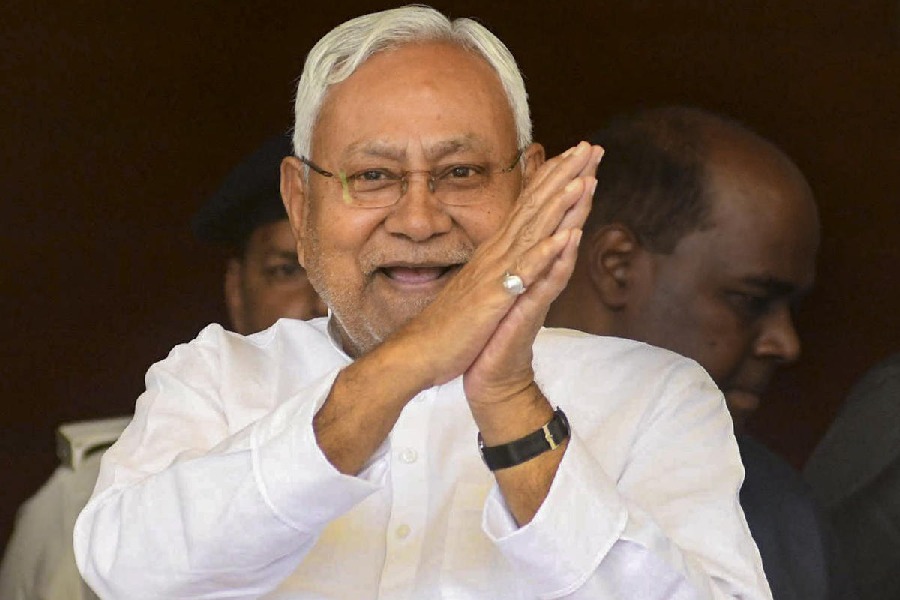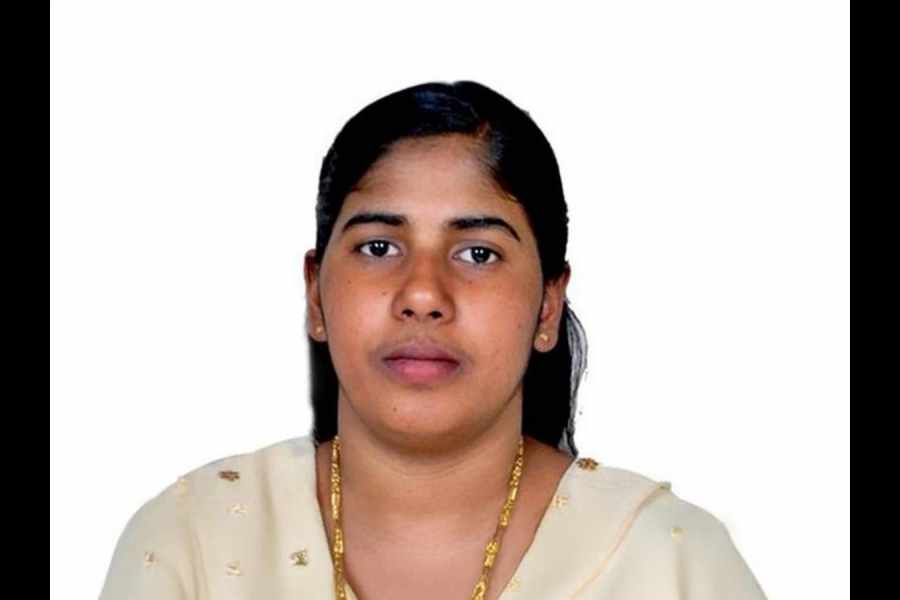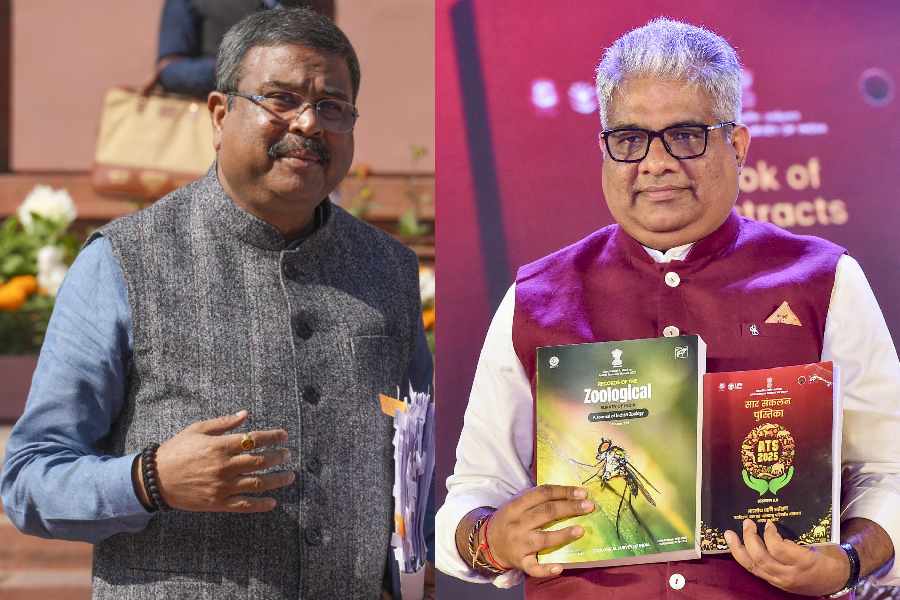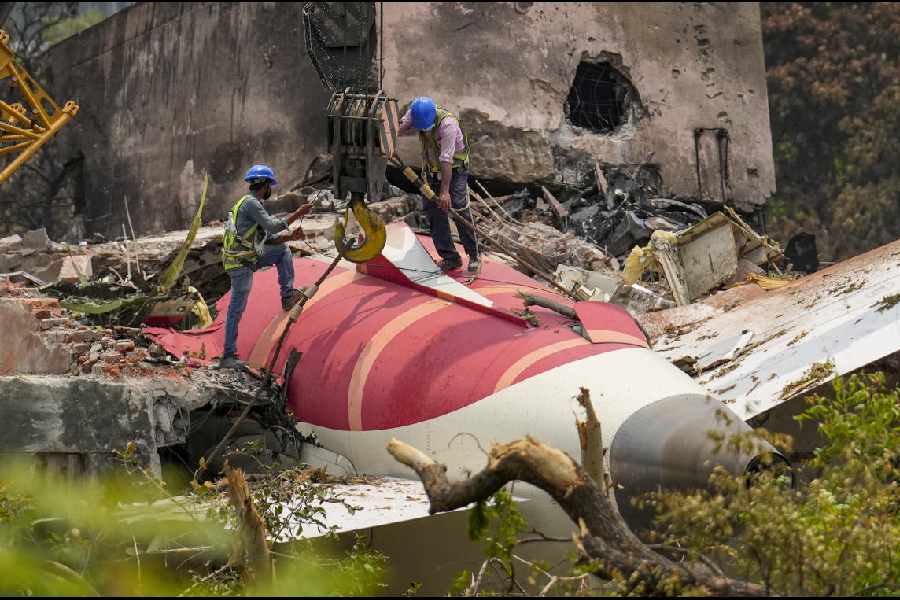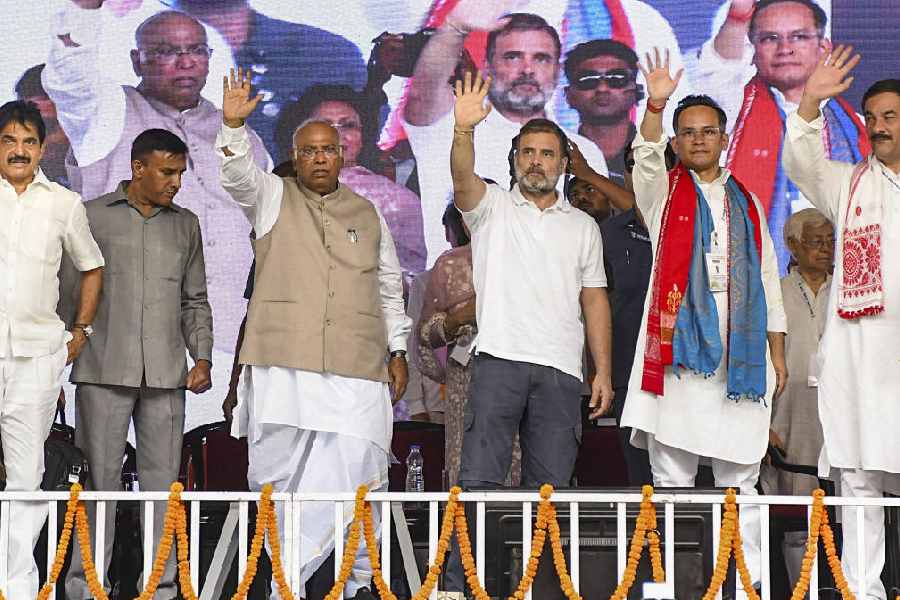|
|
| Rammohun Roy’s statue, Bristol |
AWAKENING BY SUBRATA DASGUPTA, Random House, Rs 499
As soon as you slide out Awakening from its shelf at your booksellers and turn to its first pages, you are confronted with questions that need addressing. The author, too, must have had his own questions to sort out while planning the book and this reviewer had to make up his mind on a few things as well before putting pen to paper. The issue common to all three is form. How would you like the Bengal Renaissance served up? What was Subrata Dasgupta reflecting on before tackling his incredibly fecund subject matter? How would I want to configure the review? Simplistically, the options were either to go the severely analytical, thesis-centric route, oozing erudition and insider-knowledge, or adopt the Collins-Lapierre model of instant history, and therefore instant gratification
The author, without being overly slam-bang, seems to have worked out his fact-filled set-pieces, backed with a great deal of research (if his bibliography of 350 books, essays and fillers and, yes, 1,600 footnotes may be served as proof) and presented them — more or less a chapter each for every luminary — in an illuminating, non-abstruse manner. On the other hand, my problem was largely taken care of by the fact that not being anywhere near erudite on the Renaissance, I had to keep in mind that I could well make the massed Bangali bhadralok flick the crimped ends of their Santipuri dhutees in an act of collective derision at any opinion I offered. It was best, therefore, to be primarily reactive to what Dasgupta writes and try to make the review pacey and linear, like the book.
So that leaves you, the reader. If you are not right now prepared to travel inward towards the core of the Bengal Renaissance, a complex and multifaceted passage in itself, and instead are merely looking to encounter those who, each in his own way according to the author, brought about this phenomenon (for that is what it always is, whether it is Athens in about 400 AD or Florence 18 centuries later), pick up this finely edited and produced though alas, Alice, totally illustration-free book. You will find that Dasgupta stretches his canvas the one hundred or so years from Rammohun to Rabindranath and paints in his characters, using greys and blacks too and adopting an idiom as rigorously modern as his brush. You will also, in the process, become part of the audience he seems to have targeted, before he began writing the book. However, if you — the quintessential bhadralok, being Calcuttan, Padma-paar, prabasi, PIO or non-Bengali — believe that the Renaissance is being given short shrift, perhaps even trivialized, get hold of Dasgupta’s other work. The publisher’s blurb tells us that he has written eleven books before Awakening and has “worked for many years on the Bengal Renaissance” and the chances are that you will find a different sort of a book on the subject.
This is not to demean, or if Dasgupta were writing this, to dumb down, the book. Once you have accepted the genre, call it reportage or cinéma vérité or docu-drama, the book delivers within its confines. Even the chapter headings point the way — “A City of Two Towns” (that is, the Black Town and White Town in Calcutta), “Warrior-Raja” (Rammohun), “Enfant Terrible” (Henry Derozio), “A ‘Jolly Christian Rhymer’ of ‘Exquisite Graces’” (Michael Madhusudan Dutta — not Dutt, which Michael refused to use), “The Sound of Monistic Music” (Swami Vivekananda), “The Most Impossibly Gifted of Them All” (Rabindranath), and so forth. If you are careful not to trip over the foot-notes, of which there are about five a page, but thankfully are inserted at chapter-ends, you will find the writing dramatic and even fervent at times. By the end of the book, the whole extraordinary dramatis personae has been laid out by Dasgupta with precision, so much so that I can almost picture him at his University of Louisiana classroom lecturing his doting, captivated young students. Dates, events, encounters, loves, hates, friendships and enmities jump out of the pages of the book, all meticulously searched out and annotated for his audience. And there is nothing wrong in that.
However, what we are discussing here is not popular fiction but the birth and growth of a unique social and cultural movement authored by an eminent scholar and director at the Institute of Cognitive Sciences at a respected American university. So questions must be asked. Naturally, we need issues to pin them on to and since Dasgupta is always direct and hardly ever tangential, the leitmotifs that run through his pages are easy to pick up. Humanism, in the broadest sense of the attribute is a prime mover, as is the urgency to revolt against an order of things that is both inequitable and moribund. Enlightenment in the form of imparted knowledge, Dasgupta establishes, is not just a function of intellectual munificence, but is considered very necessary for good governance. Experimentation with literary form and content and flying in the face of established principles are possible without inflicting on oneself the trauma of revolt, Dasgupta shows. Finally, religion inevitably has fuelled protest in some form or another and led to implacable conflicts, and the decades of the Bengal Renaissance were no different.
All this is fine. Dasgupta’s formidable footnotes establish the facts and he then moves back and seems to watch you arrive at conclusions. You could do one of two things; first raise the underlying questions his book does not really address. Pick up, for instance, humanism. How was Rammohun’s humanism different from Vidyasagar’s (to me they were dimensionally different) or Rabindranath’s from Swami Vivekananda’s? The moulding and dissemination of knowledge during the formative period of the Renaissance featured the College of (not at or in, as the author explains) Fort William, the Serampore College and the Baptist Mission; later the job was the Sanskrit College’s and the Hindu College’s. So why does Dasgupta not offer any in-depth comparisons, although we sense the differences just below the surface of his narrative.
Then again, how were Derozio’s poems different from Michael Madhusudan’s or Toru Dutt’s? Is it satisfying enough just to learn that they were fearless and innovative and one of a kind during those decades? Similarly, is it sufficient for me to be told that Rammohun, Derozio, Michael all had gender issues? Was Derozio doing with his Young Bengal group what Socrates was doing with his students 23 centuries ago? And why are they equally sanctified and reviled? If some of these questions were addressed, perhaps Awakening would be another kind of book. Not better, just different. Alternatively, you could select something from the extensive bibliography to this book and keep reading.
Writing on history need not be fashionably obfuscating nor helplessly boring. Jacob Bronoskwi established this while writing on the historicity of science, to cite one example. If you believe that, do not return this book to its shelf. Remember that Dasgupta has picked up something from the people he writes about — the urge to veer away from convention.






